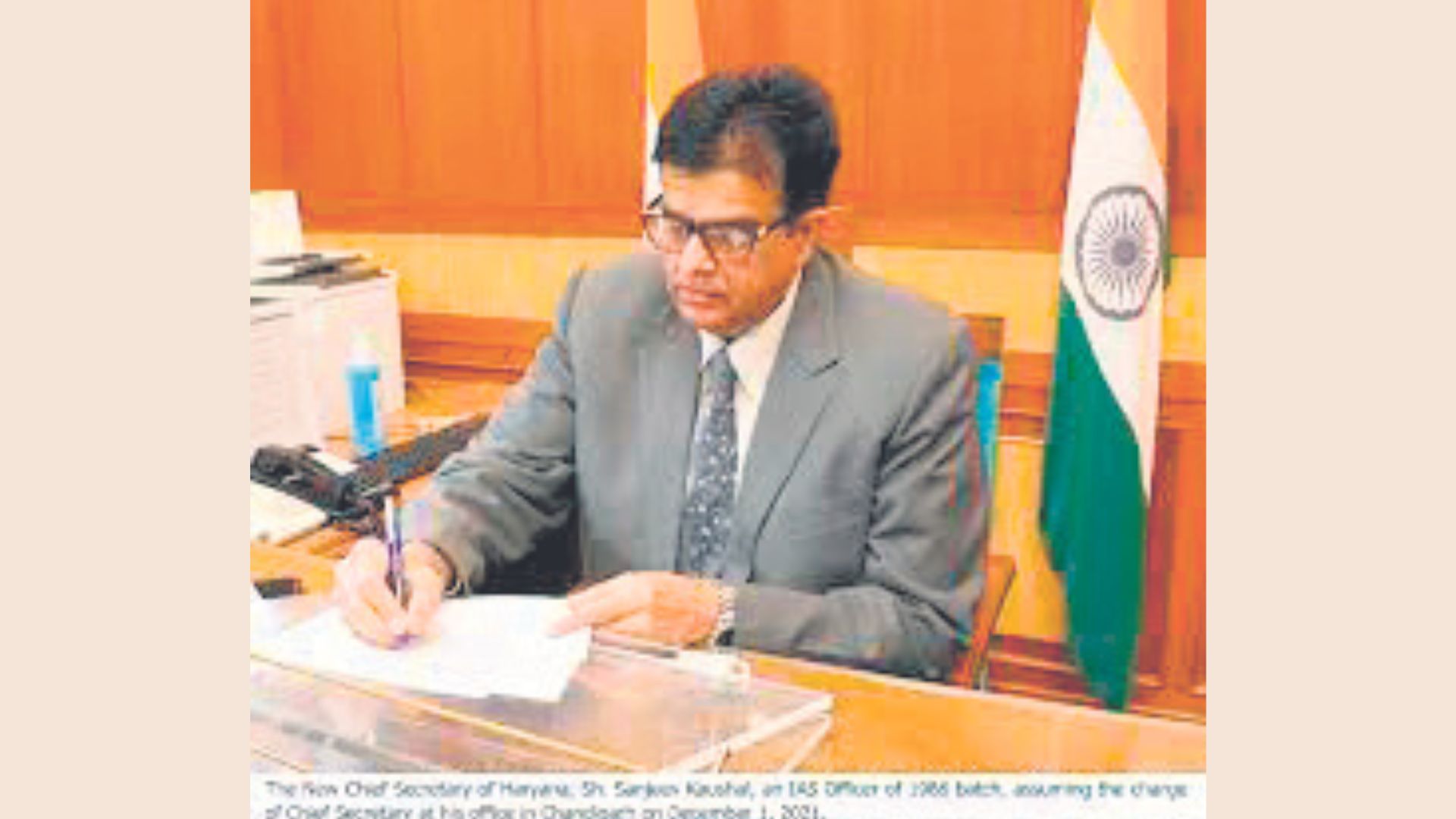
Haryana Chief Secretary, Sanjeev Kaushal, directed the formation of coordination committees comprising officials from various departments, including Development and Panchayats, Irrigation and Water Resources, HSVP, Public Health Engineering, and Municipal Corporations/Committees in every district.
The purpose of these committees is to strengthen coordination and collaboration among departments for effective pollution control measures. Additionally, a complete ban on discharging sewerage water into drains in Rohtak, Panipat, and Karnal districts was mandated, along with a survey of their tap points.
Presiding over a meeting aimed at curbing pollution caused by sewerage water, the Chief Secretary stated that the government has prepared an action plan to address the treatment and diversion of 32.7 MLD (Million Liters per Day) of sewage generated across 80 villages in Panipat district. He emphasized the need for a transparent mechanism to ensure the timely completion of this crucial work.
As part of this initiative, sewage treatment has been successfully implemented using a three-tier pond system in 38 villages, while purification processes are currently underway in 42 other villages. Scheduled for completion by December 2024, this project underscores the government’s dedication to efficient wastewater management in the area. Additionally, efforts are being made to improve the existing sewage treatment infrastructure. Notably, the expansion of the sewage treatment plant in Samalkha, Panipat, with a capacity of 5 MLD, is underway to ensure compliance with solid waste discharge standards, anticipated to be finished by December 2024.
He said that the state government is taking all measures to extend the sewerage network in these areas. Of the proposed 328 kilometers of sewer lines in Panipat district, about 262 kilometers have been laid, with the remainder scheduled for completion by December 2024.
The Irrigation Department is actively driving these efforts to ensure the efficient reuse of treated wastewater across the district. Additionally, a comprehensive action plan has been launched to address untreated sources flowing into drains in Panipat. The officials were directed to identify critical points requiring immediate intervention as per the action plan’s directives. The plan delineates specific measures and timelines to tackle untreated waste sources at various locations within Panipat. Efforts include diverting water from various points into existing sewage treatment plants and laying sewer lines under the Amrit Project.
Critical areas such as Gharaunda, Nohra, Siwah, Shimla Drain, Drain No. 2, 3, and 4 will be assessed, with untreated waste sources identified and addressed, he added.
Additional Chief Secretary, Industries and Commerce Department, Anand Mohan Sharan, Additional Chief Secretary, Environment, Vineet Garg, Additional Chief Secretary, Town and Country Planning, Arun Kumar Gupta, and Commissioner and Secretary, Local Bodies, Vikas Gupta, and other senior officers were present in the meeting.